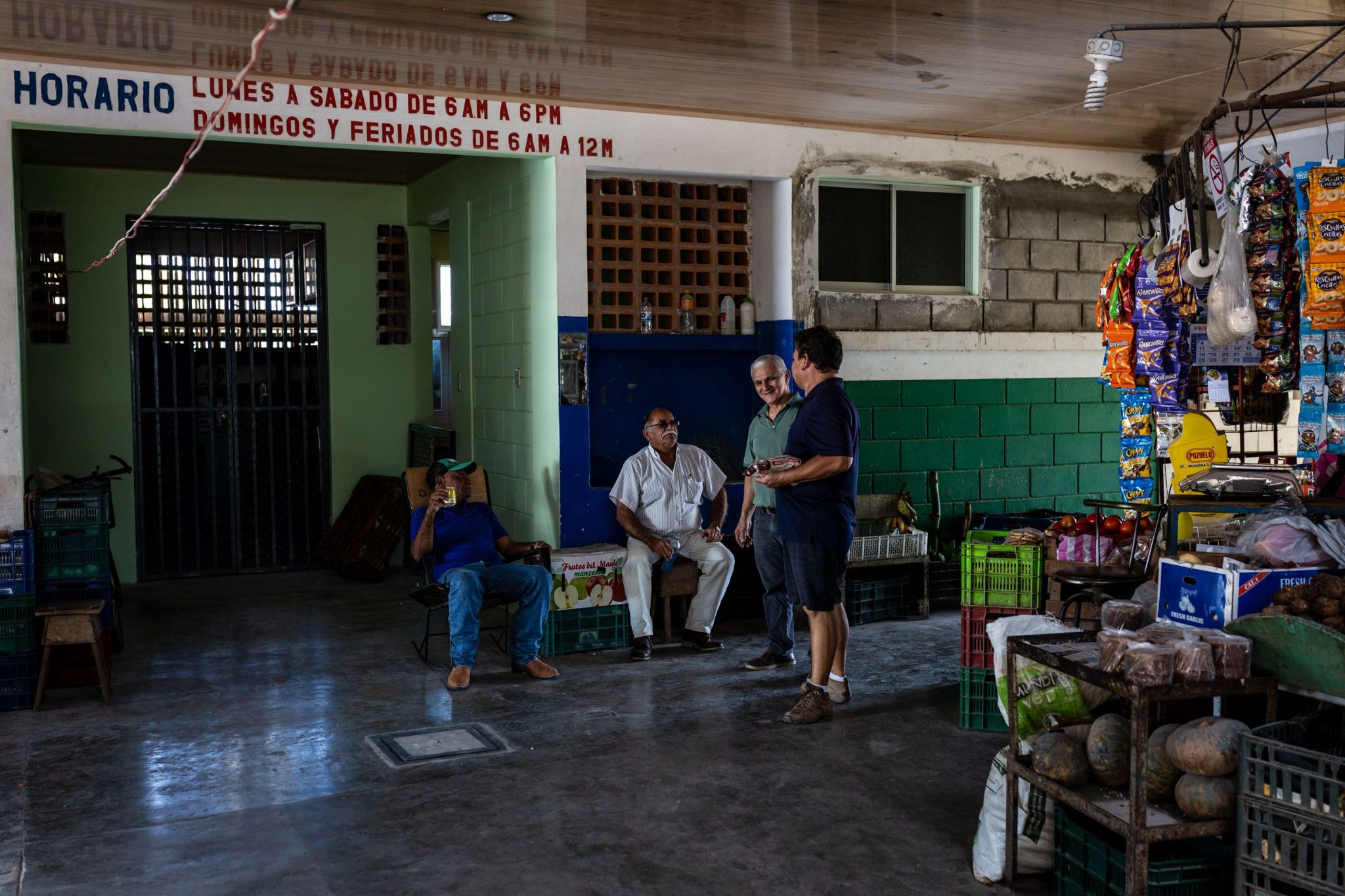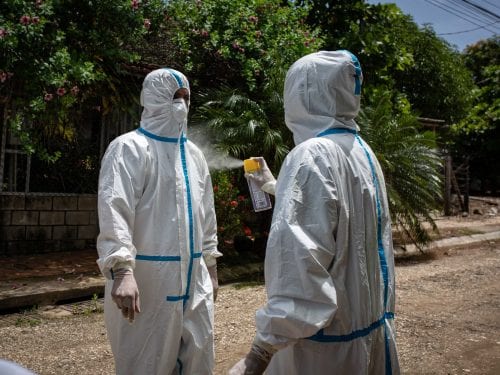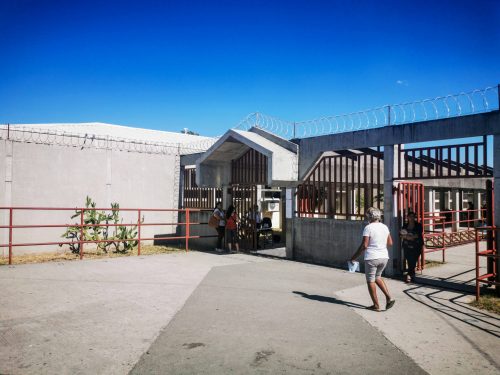
In just two weeks, Guanacaste reached the same number of positive cases for COVID-19 as those registered in the province in nearly two months.
From March 8 (the day of the first case reported in the province) to April 27, the province progressively registered 13 cases. We matched and surpassed that number in 12 days by adding 27 more cases as of May 19.
Furthermore, if we compare Guanacaste with the rest of the provinces, only San José and Alajuela surpass the region with the highest number of new cases since April 27 (when the province began reporting new people infected with COVID-19).
The former Health Minister and Epidemiologist, Ana Morice, explained that the situation reported by the province should be understood as a sudden peak in the number of infected people and not as a second wave of cases.
According to her, Guanacaste and the country are not facing cases of communitarian transmission (which consists of one person infecting another with exponential growth); one of the first criteria to talk about waves of contagion.
A lot of the behavior of the cases we have had, going up and down, depends on the size of the group, but [most of the groups] are identified,” says Morice.
La Voz de Guanacaste consulted with several public health specialists to understand why cases are on the rise and what Guanacaste must do to address them.
A chain of transmission
The health director of the Chorotega region, Enrique Jimenez, said that the largest group of cases in Guanacaste was formed by the contact of a carrier that entered the country before the health measures were implemented at the border.
According to him, this group started with contagions in Liberia and subsequently extended to Bagaces and Cañas.
“That [foreign] carrier was there for 48 hours and returned. He delivered a load and made an infection cluster. We can basically say this was the origin of most of the cases we have now,” Jimenez said.
He added that such behavior is known from an epidemiological point of view as a chain of transmission.
Exactly at the time when the canton of Bagaces reported five cases in a single day, health authorities assured that all new infections in that canton were now being monitored on a daily basis and that both the new cases and their contacts were fully identified.
“We have both the positive cases and the contacts [of those cases] with a sanitary order and we are continuing to work on preventing this outbreak from becoming any larger,” responded the director of Health Surveillance, Rodrigo Marín, to a question made by La Voz de Guanacaste.
Moreover, the Minister of Health, Daniel Salas, said that “all the cases have the same epidemiological link, which has already been detected and is being treated and investigated”. In other words, by then, the new cases in Liberia and Bagaces had the same source, already identified and under study.
These explanations match up with those of Juan Luis Sánchez, Director of the Cañas Healthcare Area. This canton reports the highest number of cases in Guanacaste, 11 until the most recent cut on May 18. According to him, the cases come from “the same chain of transmission” of the active cases in Bagaces and Liberia.
Sanchez said they have identified the epidemiological link of the positive cases and “a good number of people” with home isolation orders. He did not specify the exact number, but he did say that for every positive case, there are about 10 people in isolation.
“The search or investigation of contacts and isolation orders is extensive, and we do it that way so that we don’t miss any positive cases,” Sanchez said. “These have been families who have gotten sick,” he added.
A change in the search of simples
Another factor that could be leading to the increase of cases in Guanacaste is the country strategy for sample gathering.
The Minister Salas explained at a press conference on May 6 that Costa Rica has been expanding its strategy in the detection of cases. He assured that these changes will not necessarily lead to more cases, but that this could be an outcome.
According to the new strategy, the health system (CCSS and the Ministry of Health) is collecting samples not only from people suspected of COVID-19, but also from users in 18 “Sentinel” centres located throughout the country, and from residents of 33 locations with high population density and regular migratory behaviour.
Cañas is one of those 33 locations, confirmed the director of the canton’s governing healthcare area. Through this collection of data, he detected one of the 11 active cases. “It was positive but it does have an identified epidemiological link,” added Sánchez.
For epidemiologist Morice, this strategy in the search for cases is vital for containing the virus at the national level. According to the specialist, beyond the statistics, the country must know where the cases come from, characterize that population and adjust the search strategies.
If we talk about the cases coming from the migratory population, for example, we’re not going to go to look for these people at the health centers or wait for them to arrive at a health area because their dynamics are different. We have to look for them in other places, and that active search could increase the number of cases,” Morice added.
Shall we drop our guard?
The Minister of Health said at the press conference on Saturday, May 16, that he perceives the population to be more carefree. “We have seen a lot of movement, a lot of people in the streets, we feel that people have forgotten that we are in a pandemic,” he said.
Anner Angulo, Director of the Nicoya Hospital, feels the same way. “People are becoming more relaxed, more confident,” he said, adding that this is why the province is now experiencing what he considers “a second wave”.
The Mayor of Cañas, Luis Fernando Mendoza, agrees, and in a message on the municipality’s Facebook page on Sunday, May 17, he said that “we are seeing an inappropriate level of relaxed behavior in the canton, we have seen entire families on the streets. We are seeing positive cases and more cases are likely to come out,” he added.
Mendoza was clear that not only in the centre of Cañas there are positive cases, but also in the districts. “We have seen many festive activities in the houses, in one street three different parties. That is not possible at this time of year. We must increase security measures,” he insisted.
In the same message to the population, the mayor said that according to health reports there are “a lot of families” who have a health order of isolation and he called on those families and their contacts to strictly comply with the ministry’s orders.
To all those who know that they are in sanitary order and to the relatives who have also had contact with them, to maintain voluntary isolation,” he concluded.
Growing concern
The government has not reported positive cases of migrants in irregular status by COVID-19, however, it has implemented strategies to increase surveillance at borders as a preventive measure.
Since Tuesday, May 5, Costa Rica began to reject the entry of foreign carriers with symptoms of the new coronavirus and to test all others at the border checkpoints of PeñasBlancas and Tablillas (with Nicaragua) and Paso Canoas and Sixaola (with Panama).
The measure collapsed the transit of transporters, especially on the northern border with Nicaragua, and caused the country to begin to assist those positive COVID-19 transporters of other nationalities, because Nicaragua denied entry to anyone who was not from their country. After Costa Rica detected 57 positive carriers, they activated a change of strategy on Monday, May 18.
Now the foreign transporters are not tested, but they only enter the customs area to leave their cargo and are returned to their countries. A national or resident driver goes to the area to pick up the goods and take them to their destination.
According to Luis Alonso Matarrita, Director of the Santa Cruz Healthcare Area, the sampling with a focus on migratory movements was also “intensified” to the point of testing all persons entering through the border or airports to detect COVID-19.
In other words, not only are they issued a health order for home isolation, but they are automatically tested, and after 14 days, the respective healthcare areas perform a second sample on those people, he stated.
“We are not so worried about those who enter legally, what we are stressed and worried about are those who enter illegally because they do not keep their isolation and when we find out they have all the symptoms, they have been in different places and that is going to be more difficult,” Matarrita added.







Comments